Felt Braintrust Weighs in on Acquisition
Last week it was disclosed Rossignol, the ski brand, bought Felt Bicycles. This isn’t Rossignol’s first cycling purchase. It bought Time Sport, another French company, last year. But with
Bill Duehring (in the black, and white photo below) is the owner and manager most closely associated with Felt Bicycles from its beginning. He steered the brand adroitly and for at least a decade it has been a fan favorite in triathlon.
The company's namesake is Jim Felt (with the gorgeous vintage mill behind him and, below, with me last year at a Slowtwitch Road Show). I’ve known Jim for more than 25 years and watched as his brand develop, under the Answer Products umbrella, and then finally on overdrive after partnering with Mr. Duehring.
I asked questions of both men about the future of the company.
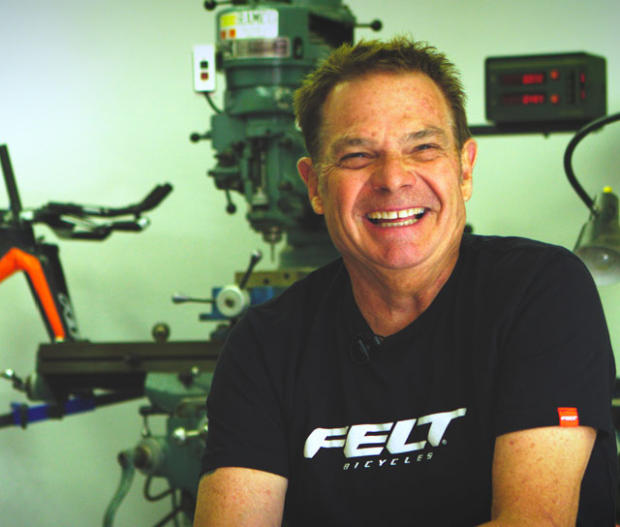
Slowtwitch: There were two discrete Felt divisions, in Europe and in the U.S. As I recall the European operation took off sooner than the U.S. operation. However, Bill, you were a key component of GT as that brand was built under Richard Long, and you were based here in Southern California. I’m fuzzy on all that.
Bill Duehring: I grew up working in my Dad's bike shop in Florida. My first job outside of retail shop started in 1981 with a company called East Coast Cycles, in Tallahassee, Florida. I developed a line of mountain bikes for Ron Jamis, the owner, and this line was the start of the Jamis bike brand. In 1986 Richard Long of GT recruited me to be the head of the GT product development department, and to create the GT mountain bike line. I developed the triple triangle frame for GT at that time. I was an integral part of the senior management team for the next fourteen and-a-half years as GT Bicycles grew into a global brand. I was Senior VP of Product Development & Engineering when I left to start my own design firm.
ST: How did you and Jim meet up and where did Europe fit in that chronology?
BD: About the same time, Answer Products was sold to Tucker-Rocky motorcyle parts company, and the new owners decided that they no longer wanted to be in the bike business and Jim got his brand back. Jim and I had met each other. Jim had the high-end brand name, I had the business and product development experience and relationships in Asia. Our third partner, Michael Muellmann, had the German distribution company and needed a brand. Michael and I had know each other for years. We three came together and incorporated in 1999 as Felt Bicycles.
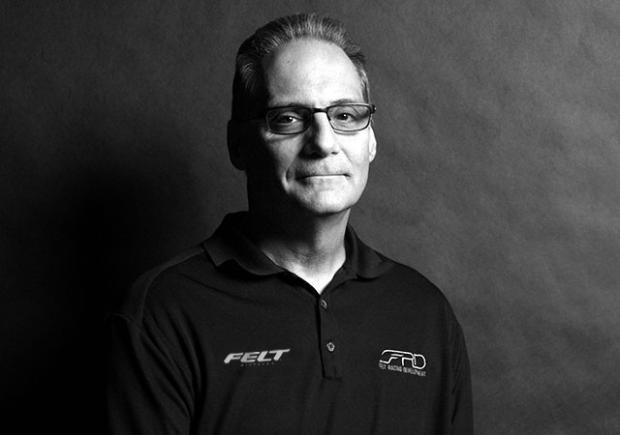
ST: Jim, I met you around 1990 I think. I worked with you and Rick Wilks, Chuck Texeira and – was it Jim Harrington? – when you were all at Easton and I started building my bikes out of Easton’s 7000-series tubing.
Jim Felt: In the early 80's Johnny O'Mara and I use to try and kill each other training for motocross. We used running, cycling, and swimming for fitness and after my first triathlon I, like most, had the multisport addiction. In 1989 I was still working for Kawasaki and it was clear to me that my passion had changed from motorcycles to cycling.
ST:Besides working for Easton you were building bikes, including for Paula Newby-Fraser.
JF: In the 70's and 80's the factory works motorcycles were all handmade, so if we needed to test a new frame, we made one! Building my own bicycle frame seemed like the normal thing to do. Easton was starting a bike division and I was asked to join Chuck Texeira as a product engineer.
ST: Did you envision anything like Felt Bicycles in mind at that time?
JF: I knew that I wanted to further my education in metallurgy and materials and Easton was the place to do that. I let them know that I was eventually going to start my own bike company and they supported me in doing that. I do think it was 1990 when you and I met.
I had designed a 7000 series alloy road tube set to offer to all the frame builders out there. At that time you were building all the QR's out of steel. My good friend Doug Roberts (Easton's composite engineer) asked me to build a QR test bike out of the 7000 Alloy for Emilio De Soto to test against the steel. The Kilo was born! After my day job at Easton I would go home and build frames at night. When I built Paula those funky, one-of-a-kind prototype bikes for Kona she, on those bikes, intimidated everyone there before the race even started! She won and the rest is history!
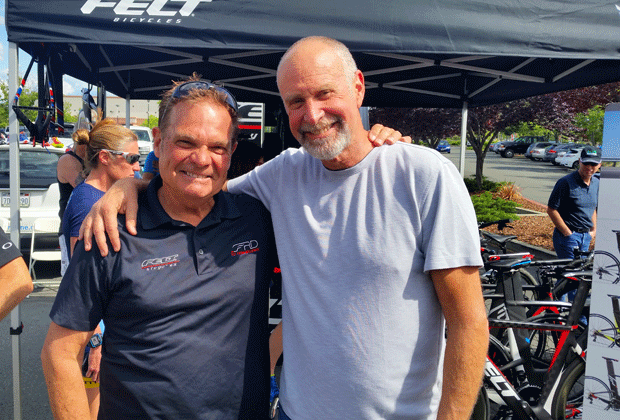
ST: Triathlon has always been a pivotal category for Felt Bicycles. Obviously Felt became a full service bike company. Did you grow off your triathlon success? Or was it a combo of triathlon and the sorts of interesting culturally cool stuff – cruisers, BMX, what have you – that flowed from the GT days? What were the early success channels for Felt Bicycles?
BD: There's no question that the tri and road bikes were and are our core categories. However in Europe the success of mountain bike sales as well as lifestyle – like our uniquely designed cruisers – helped build a complete line of bikes that stood out in the marketplace. Being located in SoCal gives us a unique perspective on what a broad range of consumers want and the weather to ride and test bikes twelve months a year.
ST: There were two things I always admired about Felt Bicycles. First, Felt was always the brand that had the best spec for the best price. It was a value brand, but not because it was a cutter of corners; rather just the value for the dollar spent. The other was that Felt really did do battle against the giants – no pun intended – as a full service bike brand. Felt could claim to a bike shop owner it could fit into the full service slot, right alongside Trek, Specialized, Giant even though the company employed fewer than 50 people. Was that nerve-wracking?
BD: It was our intention from day one to take Felt from a high performance tri and road brand and introduce mountain and lifestyle bikes that would give us broad appeal in any bike shop. Yes it was nerve wracking, and with our small group of people it took dedication and hard work. We are lucky to have those kind of employees still today.
ST: Without fail the acquiring company makes all kinds of happy continuity talk so that an acquired brand’s customers don’t bolt for the door. I don’t want to make you fellows uncomfortable by asking who is going to remain with the company. But I’m going to anyway! How much continuity do you envision going forward?
BD: Rossignol purchased Felt for the key reasons: brand image, innovation and technology, and our knowledgeable staff.
ST: Are you two guys sticking around?
BD: Jim and I are staying around. We both are committed to take Felt to the next level.
ST: What I gleaned from the announcement is that a line of mountain bikes will be a priority, yes? Rossignol branded? What are the lines of demarcation between Felt and Rossignol?
BD: Felt and Rossignol are two distinct, separate, companies and lines of bikes.
ST: And finally, how is this deal going to change Felt’s triathlon business?
BD: It won't. We will always be expanding and pushing into new trending categories based on where we see the industry heading, but Felt's core is tri and road. That will not change.


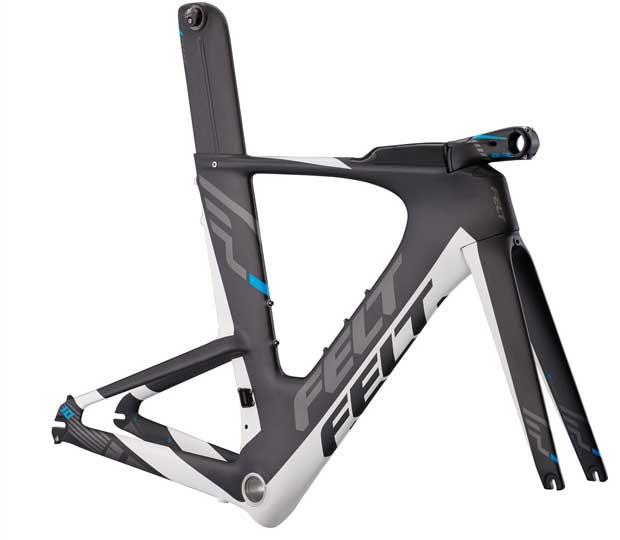
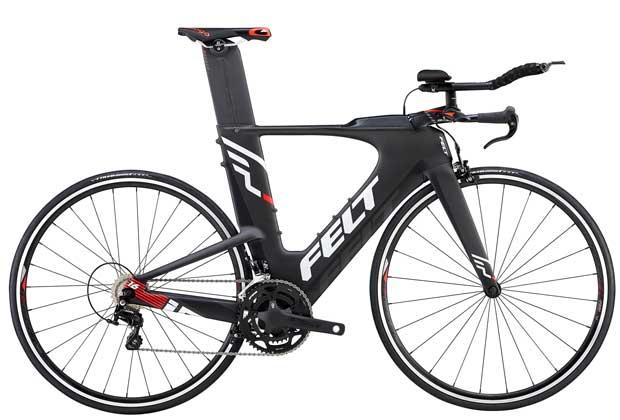
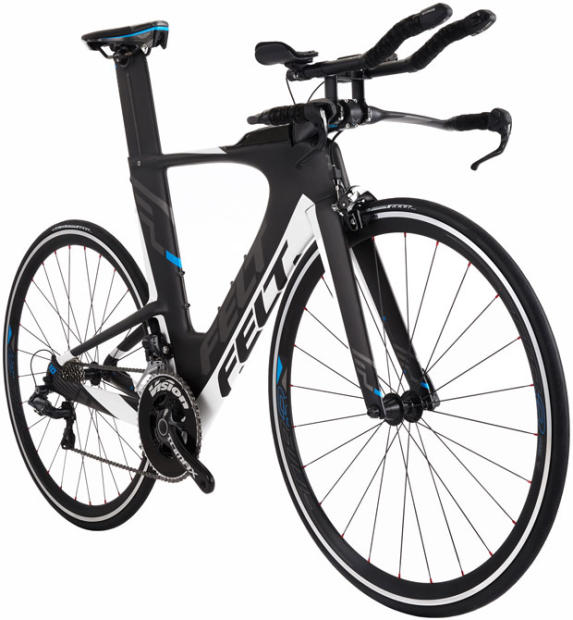
Start the discussion at slowtwitch.northend.network